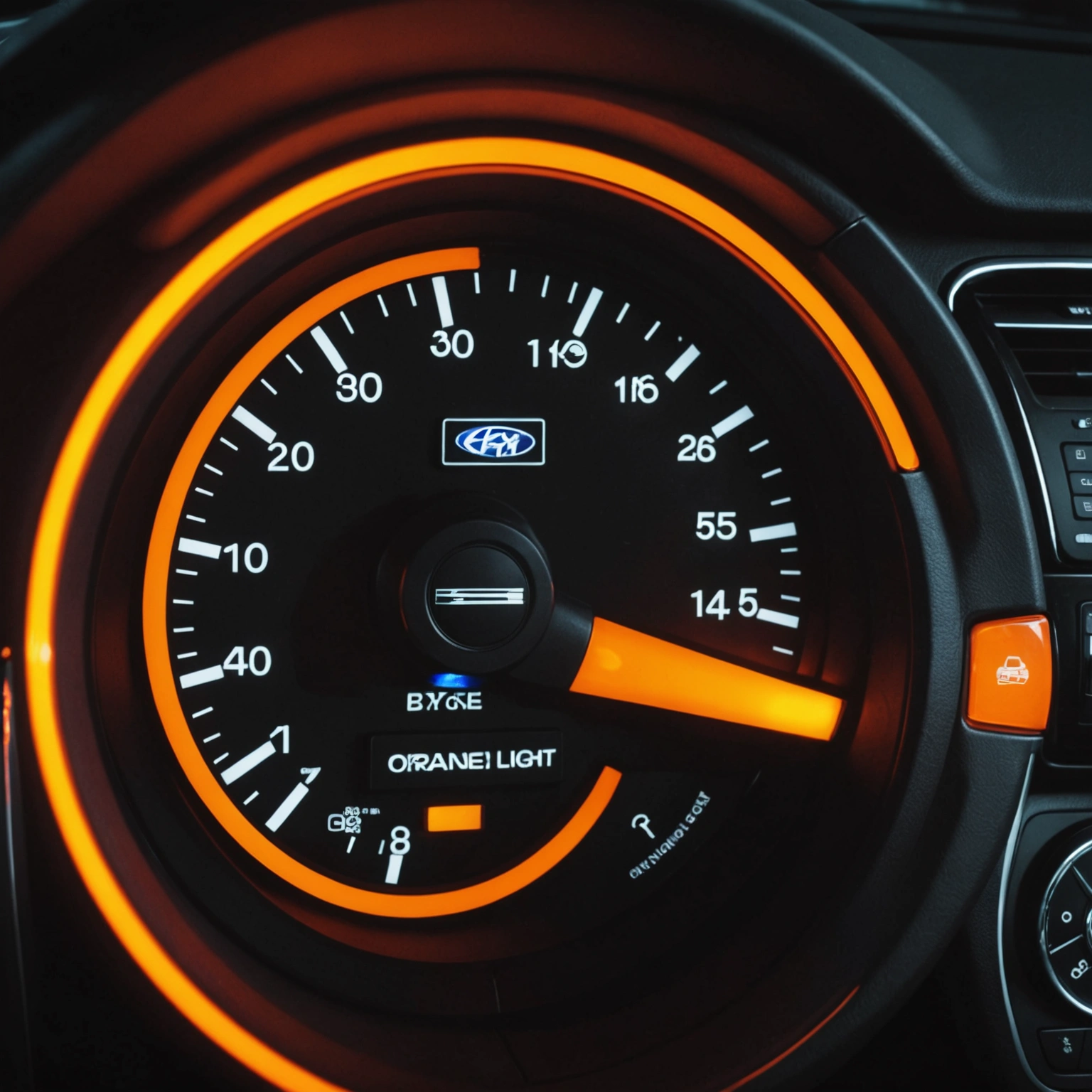**What Does the Orange Light in My Car Mean? A Guide to Dashboard Warning Lights**
If you’ve ever glanced at your car’s dashboard and noticed an orange or amber light illuminated, you might have felt a surge of concern or confusion. These lights are part of your vehicle’s onboard diagnostic system, designed to alert you to potential issues or maintenance needs. Understanding what these lights mean can help you respond promptly and avoid more costly repairs down the line.

### Common Orange Dashboard Warning Lights and Their Meanings
While the specific symbols can vary between vehicle makes and models, here are some of the most common orange or amber warning lights you might encounter:

1. **Check Engine Light (Malfunction Indicator Lamp)**
– **Appearance:** Usually an engine outline or the words “CHECK ENGINE.”

– **Meaning:** A problem detected with the engine, emissions system, or other critical components. It can range from a loose gas cap to more serious issues like catalytic converter problems.
– **Action:** Schedule a diagnostic check as soon as possible. If the light is flashing, stop driving immediately and seek professional assistance, as this indicates a serious engine misfire.

2. **Tire Pressure Monitoring System (TPMS) Warning**
– **Appearance:** An exclamation point inside a tire shape or simply the words “TPMS.”
– **Meaning:** One or more tires are under-inflated, which can affect handling and fuel efficiency.
– **Action:** Check tire pressures and inflate them to the recommended levels. If the light remains, inspect for punctures or leaks.
3. **Oil Pressure Warning Light**
– **Appearance:** An oil can icon.
– **Meaning:** Low oil pressure, which could indicate low oil level, oil pump failure, or other issues.
– **Action:** Stop the engine as soon as safely possible, check oil levels, and add oil if needed. If the light stays on, have your vehicle inspected immediately to prevent engine damage.
4. **Battery/Charging System Warning**
– **Appearance:** A battery icon.
– **Meaning:** A problem with the vehicle’s charging system, such as a failing alternator or battery issue.
– **Action:** Have the charging system checked promptly. Continuing to drive could lead to a dead battery and breakdown.
5. **Brake System Warning Light**
– **Appearance:** An exclamation mark inside a circle or a “BRAKE” indicator.
– **Meaning:** Low brake fluid, worn brake pads, or other brake system problems.
– **Action:** Check brake fluid levels; if low, top up. If the warning persists, have your brake system inspected immediately.
### Why Do These Lights Turn On?
Orange or amber lights serve as early warnings, prompting you to take preventive action before problems escalate. They are designed to be noticeable but not as urgent as red warning lights, which indicate immediate danger or failure.
### What Should You Do When an Orange Light Comes On?
1. **Don’t Panic:** Most warning lights are meant to alert you to address issues promptly, not necessarily stop driving immediately.
2. **Check Your Owner’s Manual:** Refer to your vehicle’s manual to identify the specific warning light and recommended actions.
3. **Assess the Situation:** Determine if the warning light is flashing or steady. Flashing lights usually indicate more urgent problems.
4. **Perform Basic Checks:** For example, check tire pressures, oil levels, or visible leaks.
5. **Seek Professional Help:** If you’re unsure or the warning persists, schedule a visit with a trusted mechanic.
### Final Thoughts
Understanding what the orange dashboard warning lights mean can help you maintain your vehicle’s health and ensure your safety on the road. Regular maintenance, attentive driving, and prompt responses to warning lights can extend your car’s lifespan and save you money in the long run.
**Remember:** When in doubt, consult your vehicle’s owner’s manual or a professional mechanic. Ignoring warning lights can lead to more severe damage and costly repairs, so always prioritize safety and maintenance.
Safe driving!

